CONTENTS:
Historical data about the construction of the first religious buildings in the town of Haskovo.
Eski Mosque - 1394
Bazaar Mosque - 1779
"St. Mary" - 1832
Chapel "Saints Cyril and Methodius" - 1866
Armenian Church "St. Stepannos" - 1925
Church "St. Archangel Michael and Gabriel" - 1861
Evangelical Church - 1882
Church "St. Dimitar" - 1898
Church "Saint George the Great Martyr" - 6.01.1953 years
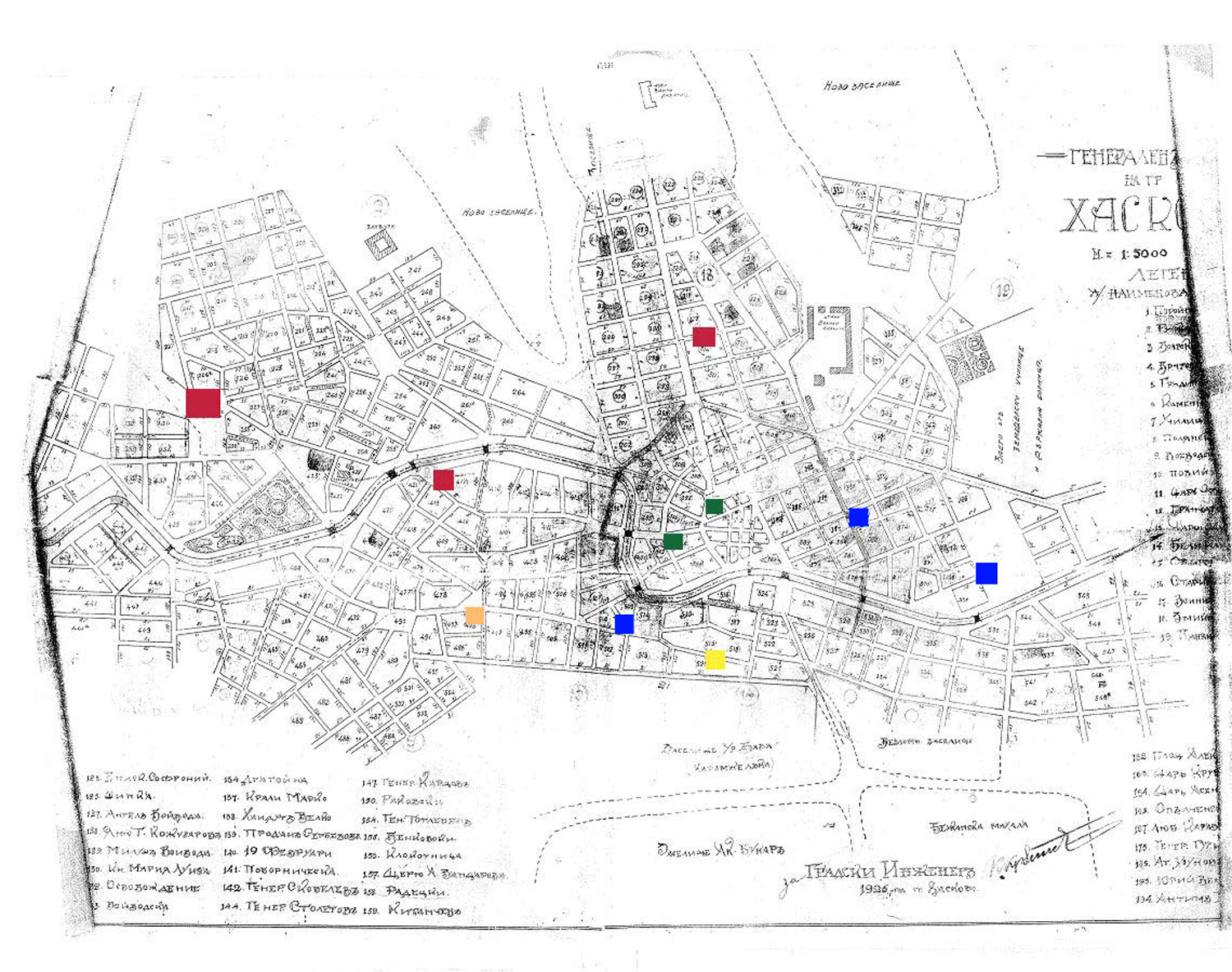

Haskovo - /an administrative centre of the homonymous Haskovo Province in southern Bulgaria, not far from the borders with Greece and Turkey/
In the ancient history of the city of Haskovo Bulgarians and Turks were the main groups. Kardzhali unrest, an expression of the collapse of the Turkish military feudal system was a disaster for the enslaved Bulgaria.Haskovo, who was captured by the Kardzhali chief Emin Aga focused their bilyutsi, numbering several thousand. From this part of Bulgaria and began their raids in different areas of the country.This, paradoxical as it may sound, the situation objectively proved beneficial for the development of the city and its population. As a result of this enhanced migration process Bulgarian population almost equal in number to the Turkish. Started quickly Bulgarization of Haskovo.
The town has gradually become alive and active cell of Bulgarian Renaissance movement. Felt their importance in the life of the city the people shifted decisively towards the search forms of expression of their Christian spirituality. Christian spirituality. By emerging socio economic, political and psychological conditions for the construction of a church, the Christian population in Haskovo satisfy their spiritual needs in an old wooden chapel in the place which was later built a new stone building.
It was built around 1816 and decorated between 1816 to 1819, when it was officially inaugurated, as evidenced by an old ikona. She was made of oak board size 30/50 cm and 3 cm thick. The icon was valuable because the inscriptions on it. On the left bottom corner there was a Greek inscription has been erased and written over him was "L.1816" (the date of construction of the temple).According to the stories of many older people, the chapel boards dry in the summer, and cracks appeared in extinction that happened over the candles so they had to put rugs on the walls and so to please.
In memory of elderly people in Haskovo was nine mosques,now are only two.The latter was destroyed during the 70 years of the twentieth century. The latter was destroyed during the 70 years of the twentieth century. In the today shopping center was mosque that was destroyed during the 60 years of the twentieth century.After the adoption of a new master plan by mid-twentieth century were destroyed and mosques of the place built open-air cinema, swimming pool and other recreation areas and buildings in central urban core .
Eski Mosque - 1394

The oldest, built in 1394, and the first and only time in this region Eski Mosque, or Jami Jadid. Historians link the first mention of the settlement in Ottoman documents with the name "Haas-kjoy" regarding elevated mosque here.
Its construction is connected with the name of the famous Umur Bey, governor of the province of Rumelia and son of Tchirmen beylerbeg Sarudzha grazing. He was commander of the Ottoman army in pedestrian Rumelia. Mosque itself was originally named Whiting, and later was named by population Eski (the old) Mosque.
Now Eski Mosque is significantly buried in the ground for raising the level of the surrounding streets. Covered with a simple four-roof, low and shabby building.The dimensions of the mosque is 16 x 10 meters. Accent is the minaret, which is not very high, but very well proportioned, traditional place located in the building, at the north end of the west wall. It is painted white, with four rows stalaktitovi motives under callers. In recent years, significant tilting more to the west.
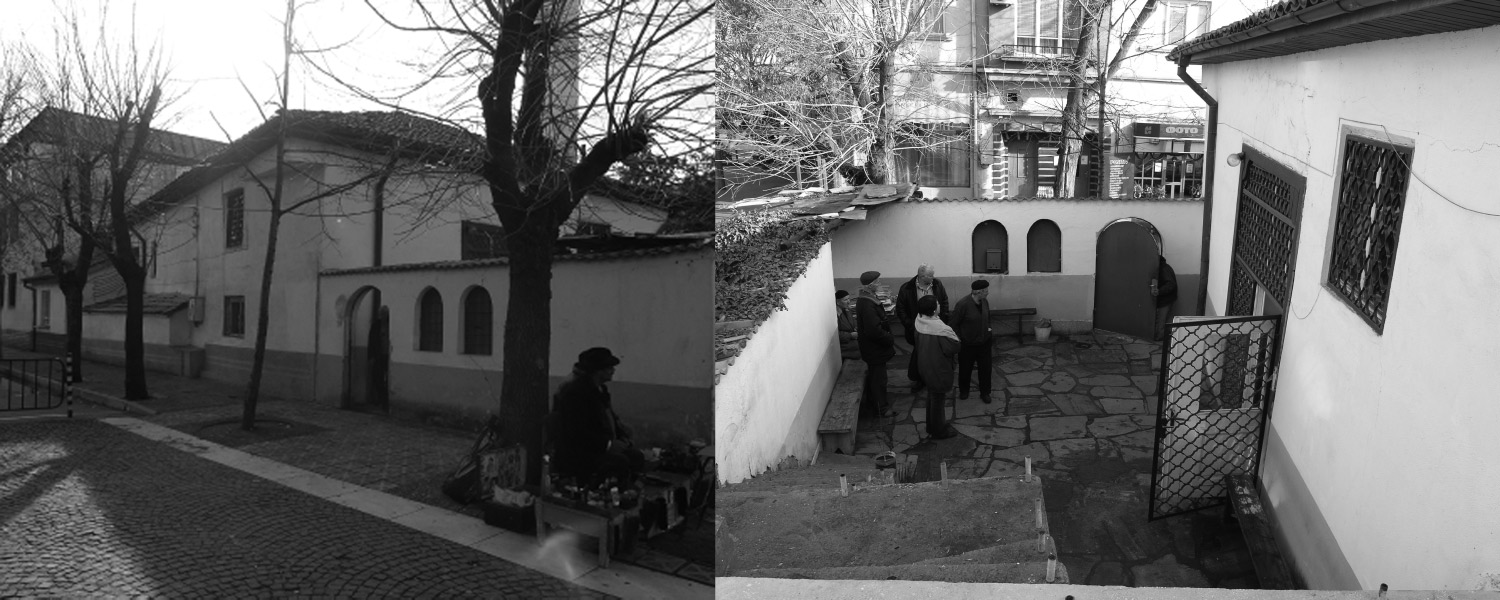
The building lies with its front façade slightly withdrawn from people in a small yard. The eastern façade of the street regulation.Prayer hall has slightly marked longitudinal axis of the central charge inserted mihrabic niche in the opposite wall. Illumination of the interior is two rows of windows. The temple walls are one meter thick. To the right of the entrance stairs to the balcony are located along the front wall, in the middle is protruded.
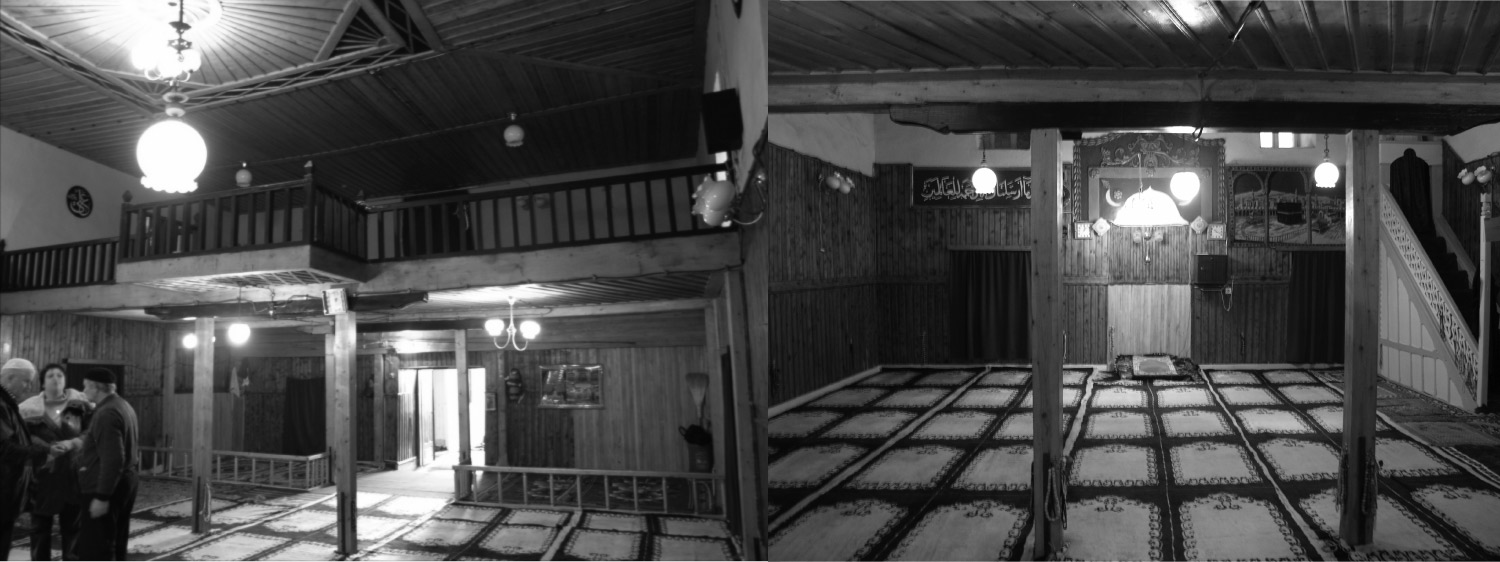
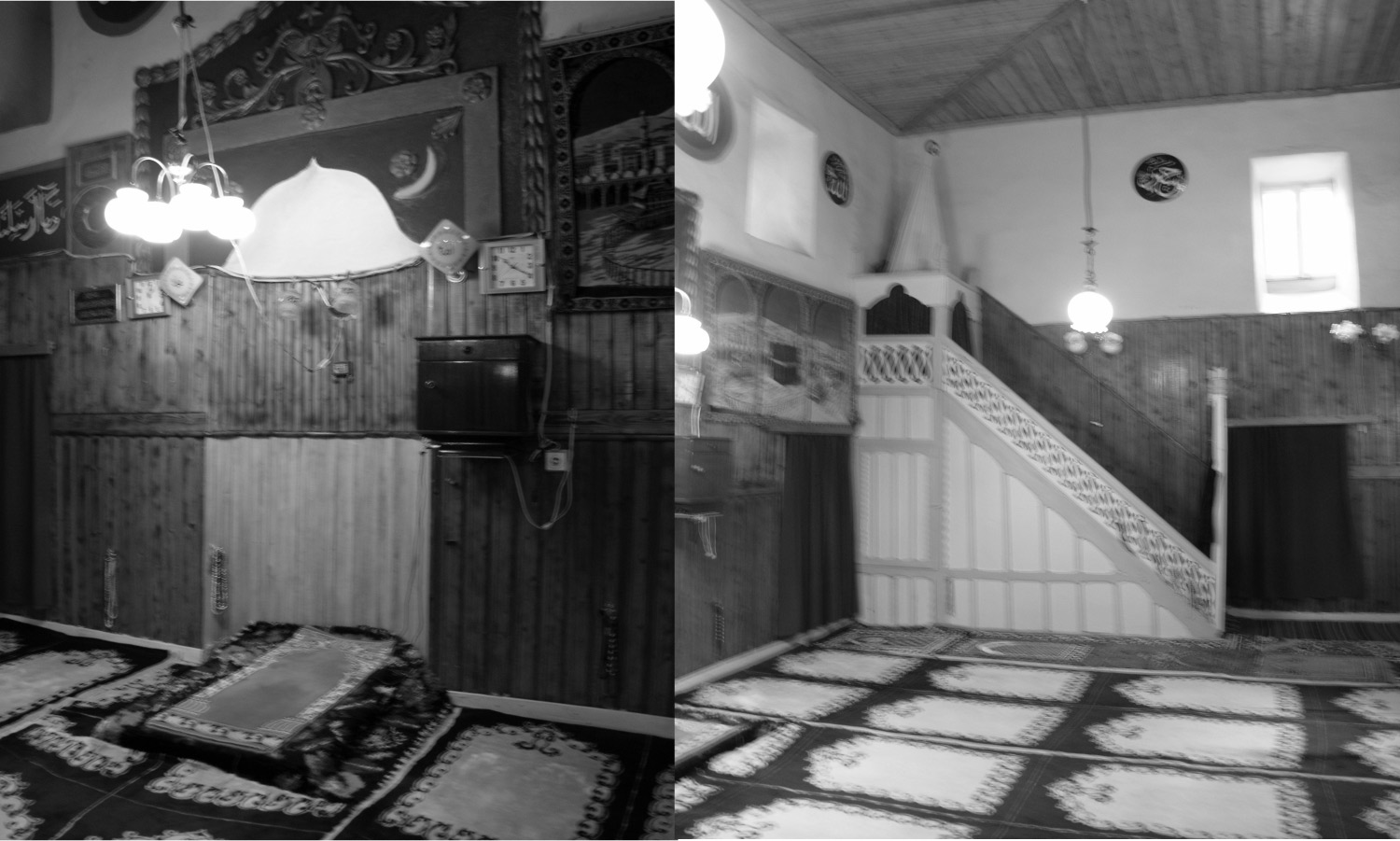
In diagonal (southwest) corner is placed a modest wooden mimber adjoined close to both sides.
Until 20 years ago in the middle of the ceiling has been preserved from the old square mirror wooden ceiling painted with oil paint, but now the whole ceiling is new wood. The walls are oval medallions with old Arabic quotations from the Koran.
The inscription at the entrance to the "Eski Mosque" is the oldest resident, a written memorial monument to the history of Haskovo. There have been many attempts to accurate translation of the text. As we come to the last:
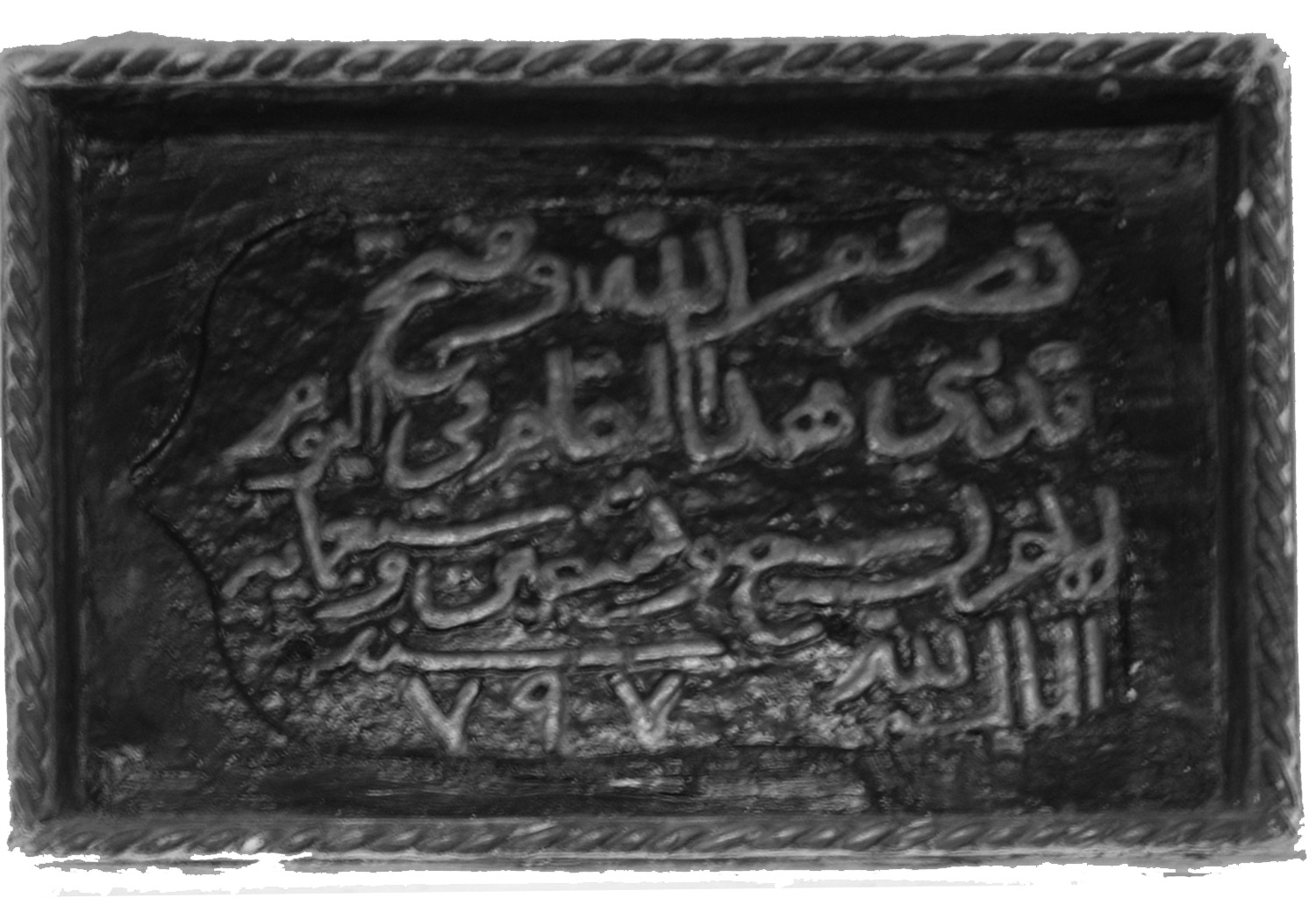
"Help from God (and forward) to victory!
This mosque was completed (fully built) in the final days
(Dil-yevm-Yul Ahira) to 797 (15 October 1395, note
Acting) year. This is the house of God (El myulk). 797 year "
The building was registered in 1967 in issue 68 of the Official Gazette as a cultural monument of local importance.
follow into the original research analysis for:
Bazaar Mosque(Charshi Djami) - 1779
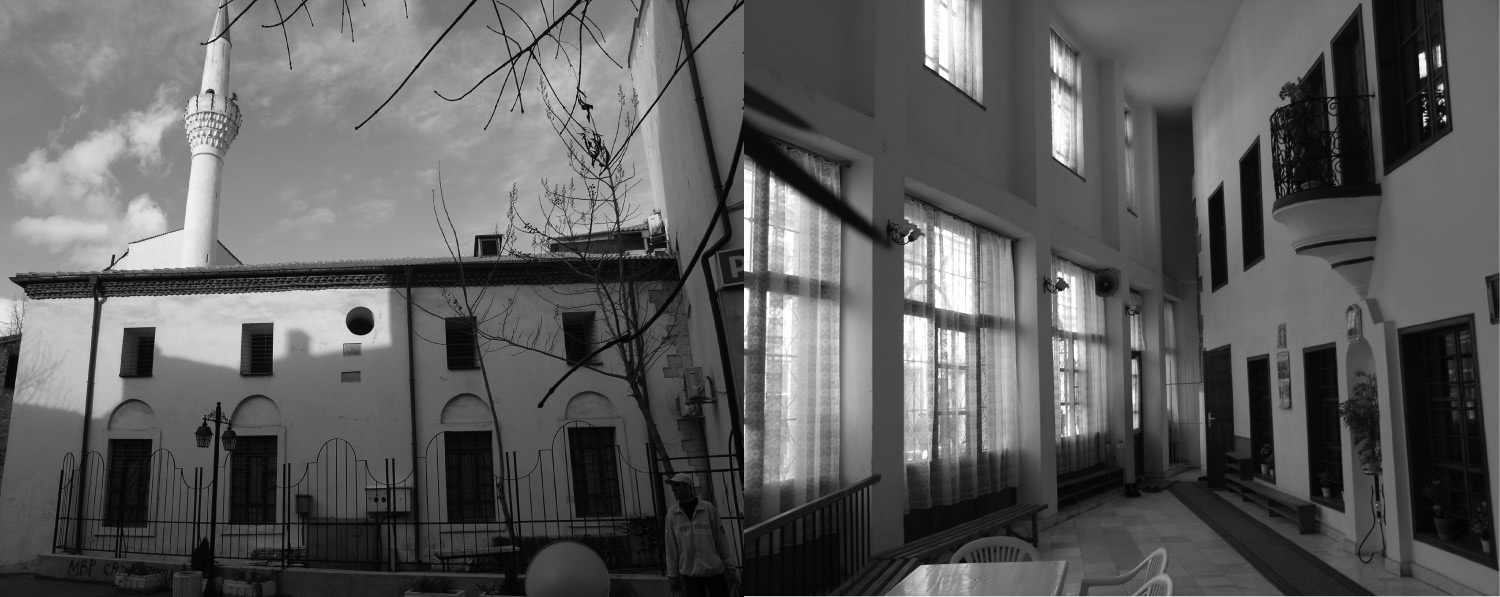
"St. Mary" - 1832
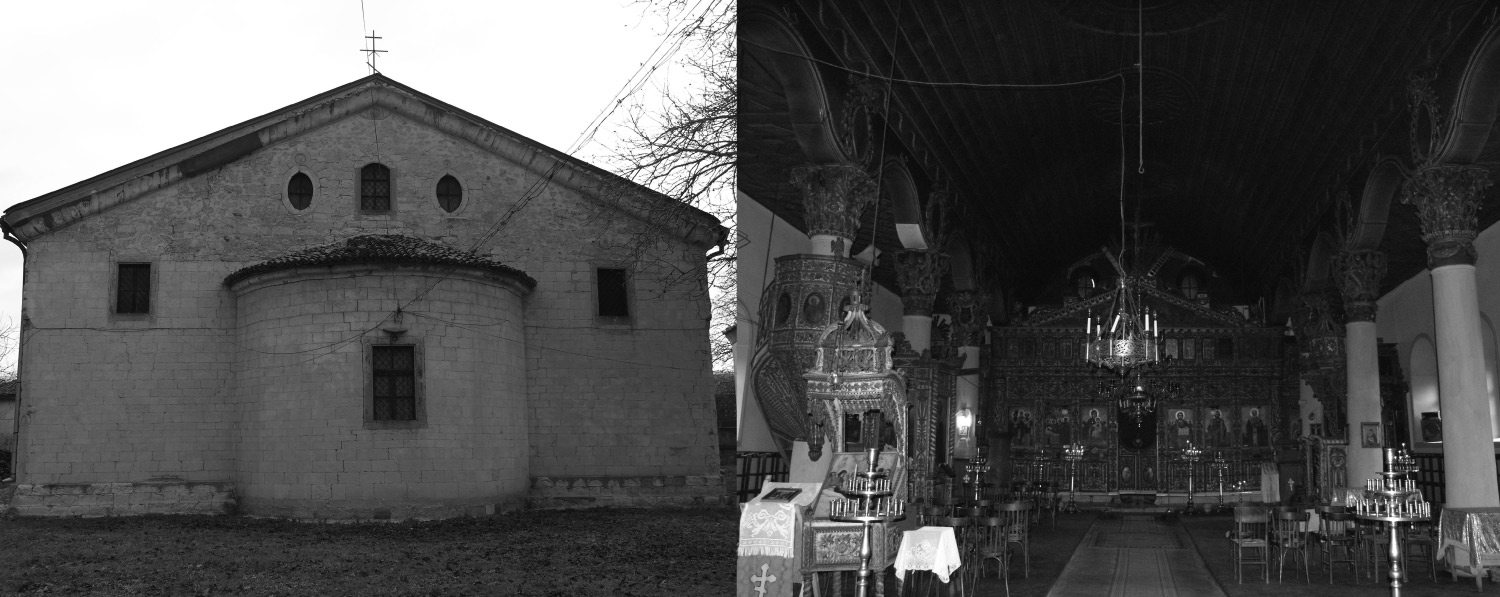
Chapel "Saints Cyril and Methodius" - 1866
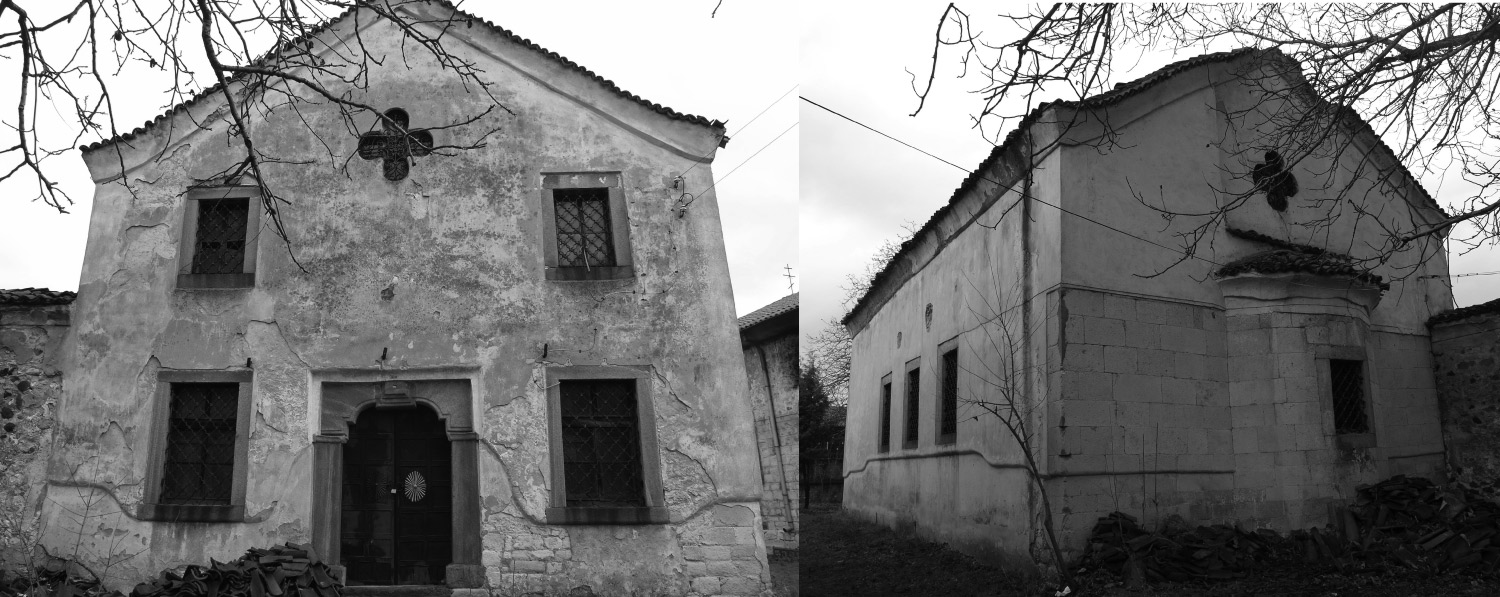
Church "St. Archangel Michael and Gabriel" - 1861
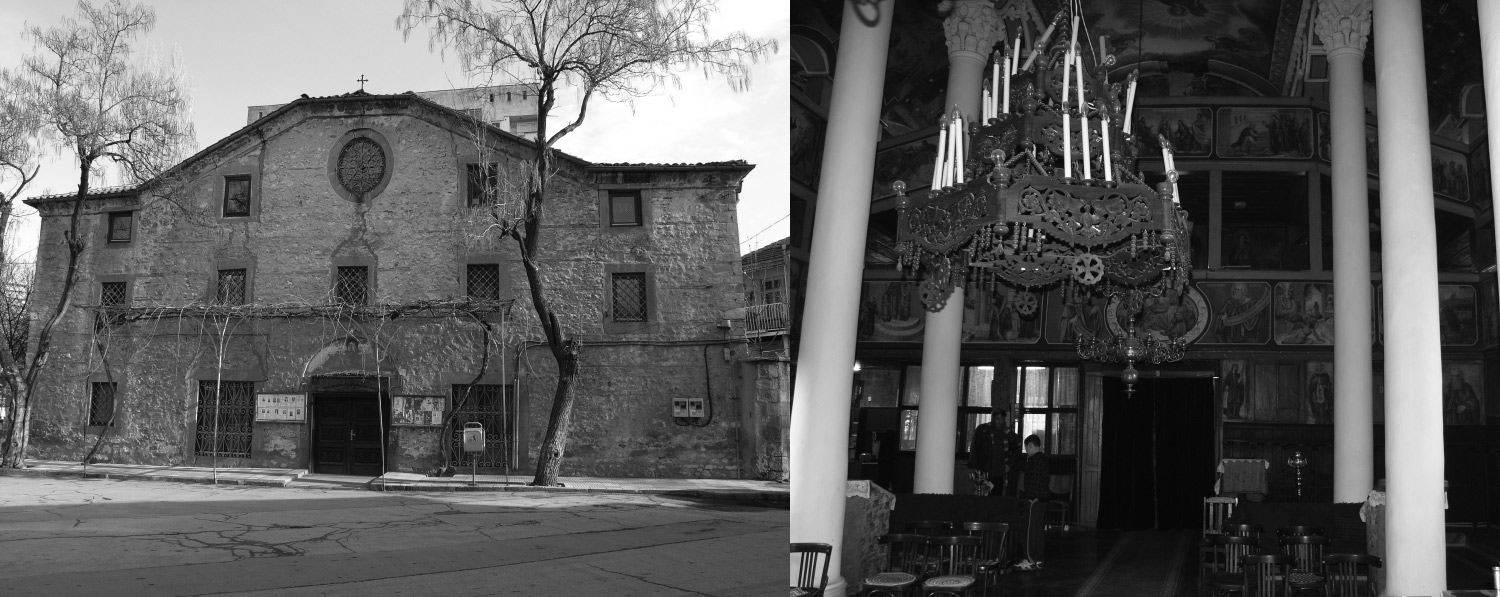
Evangelical Church - 1882
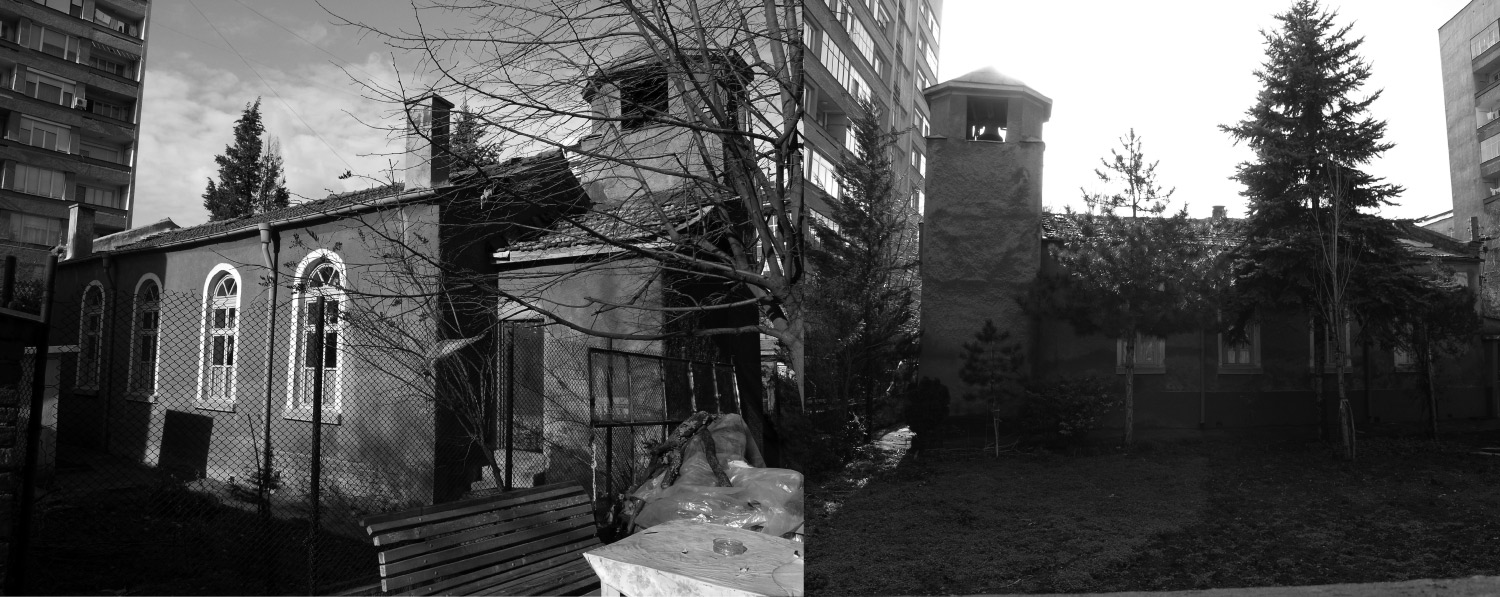
Church "St. Dimitar" - 1898
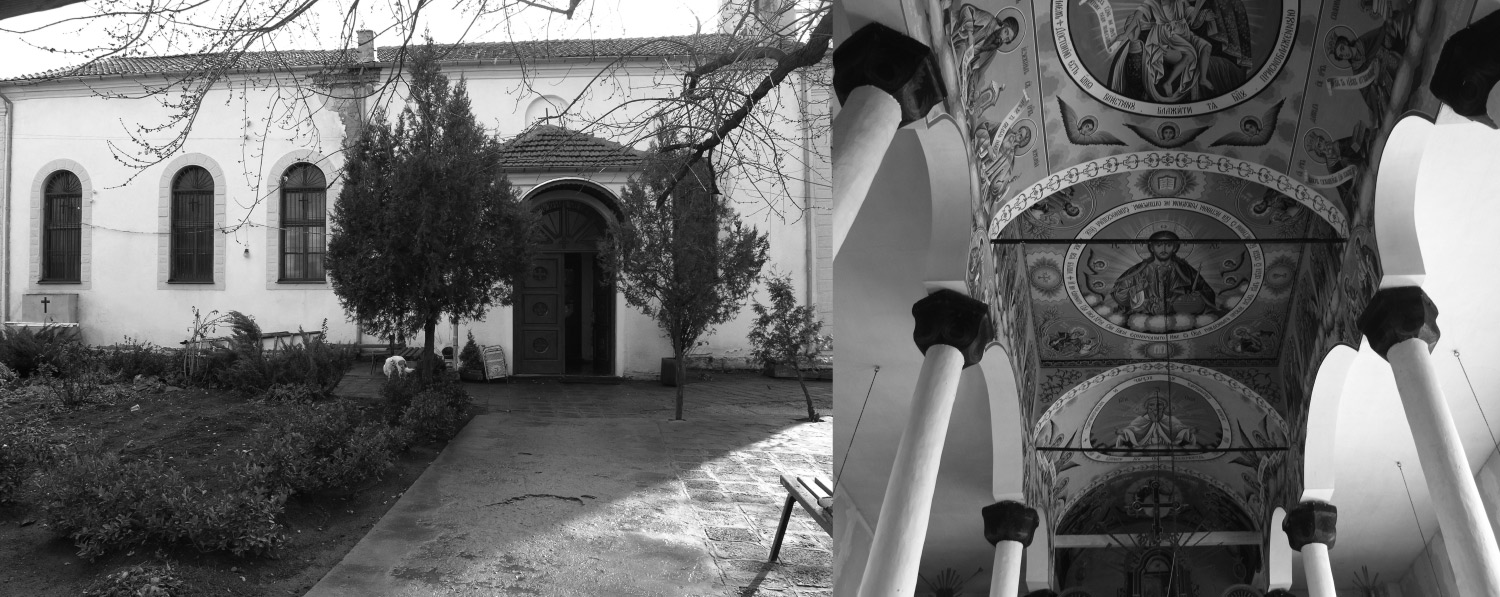
Church "Saint George the Great Martyr" - 6.01.1953 years

supervisors:
DUTH professor
Alkiviadis Prepis
